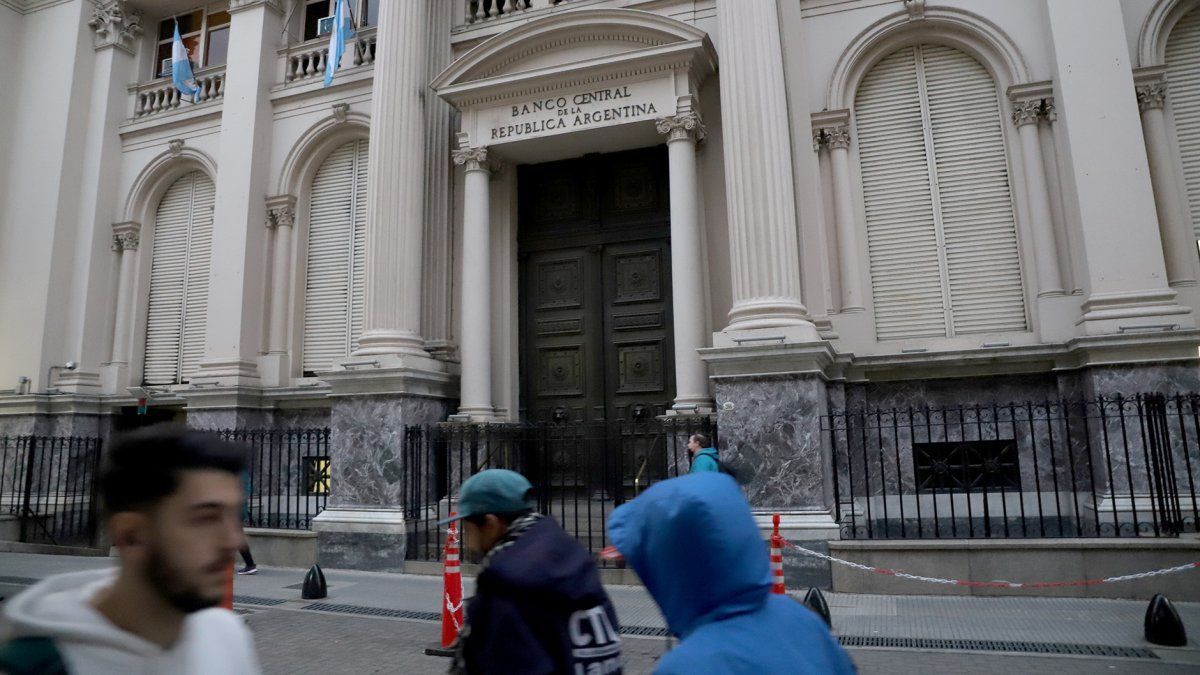Much is heard about the liquidity bills (LELIQ) of the Central Bank (BCRA) in Argentina these days, but few really know what they are and what their role is in the economy and current monetary policy.
Currently, the participation of leliq in the BCRA balance is around $17 trillion, a very high level, especially with respect to the current volume of the monetary basesince they represent 45% of the BCRA liabilities.
The leliqs were created in January 2018, during the presidency of Federico Sturzenegger at the head of the BCRA and in order to keep the monetary issue in order not to generate inflation. That is to say they are debt securities issued by the Central to dry the square pesos and prevent them from going to the dollar.
What are they and what is the purpose of their existence?
Its about debt instrument paid from Central and the Leliq cannot be acquired by any individual or organization, they are instruments that are only available to banks. They place money at the rate set for the leliqshe BCRA pays interest and entities offer savers Fixed deadlines as counterpart of this investment.
Recently, the central bank applied a new interest rate hike 21 percentage points and fixed the interest of the Leliq at 118% (for those with 28 days) and 120% (for those with 180 days). The banks then place money at a rate, which last Monday was set at 118% annual nominal and offer savers fixed terms at an average rate of 9.8% per month (TNA 118% and TEA 209%).
It’s kind of “eternal debt of the countries” and is renewed with rates higher than the inflationas explained by the economist Fabián Medina to Ambit. This increases the amount of interest that must be paid on the debt and therefore the promise of future issuance.
Leliqs: how much does the rate hike cost the BCRA
According to the economist Federico Glustein, the rate hike that determined the BCRA To contain the impact of the 22% devaluation that it implemented, “it will imply that the entity pays $123,000 million more in interest for the Leliqs in the next 30 days.” And he warns that this represents a certain amount of more than $1 trillion per month for all the existing stock, which is around $16.5 trillion.
Are leliqs make up a large part of BCRA liabilities. And Medina explains that, “while the banks do not sell them, the Central has no problem keeping them stable ”. The risk they represent, however, is that it is a variable that generates greater expectations of future issue to cover the quasi-fiscal deficit they generate, which is when the BCRA loses money through the payment of interest for the paid liabilities.
Source: Ambito




